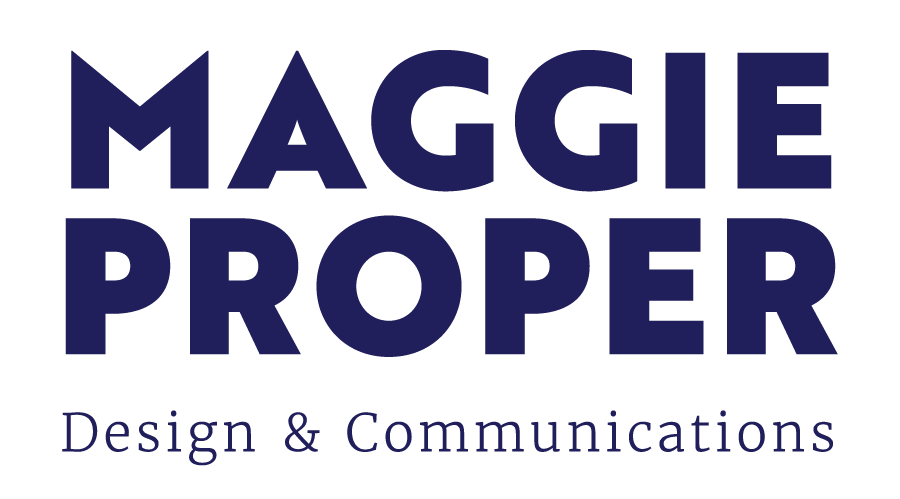Engage First, Link Later
If you’ve ever posted a link on social media and felt like no one saw it—you're not imagining things. On a recent Buffer podcast episode, they unpacked a surprising but important truth: posts without links tend to perform way better than posts with them. That might sound counterintuitive. After all, aren’t we trying to get people to click? But social media platforms don’t always want users to leave their apps, and links do exactly that.
Platforms like Facebook, LinkedIn, and even X prioritize posts that keep people scrolling, not clicking away. Jessica Campos, a Forensic Marketing Expert from ImpactLine Digital states that LinkedIn, for example, is known to deprioritize posts with external links in the caption, encouraging users to put the link in the first comment instead. That’s not just speculation; plenty of social media managers and digital marketers have run tests showing how much further a post can go when the link is moved out of the main caption.
And it’s not just Buffer saying this. Experts across the web, including sources like Hootsuite, Later, and even Reddit’s r/socialmedia, agree that adding a link in your caption can tank your reach. Elon Musk himself commented on the issue last year, saying that X is working to reduce what he calls “lazy link posts,” suggesting creators focus on value-driven content first.
That said, links still serve a purpose. If your goal is website traffic or conversions, especially portfolios, blog posts, or campaigns, they’re essential. The trick is how you use them. Branded short links (like bit.ly or custom URLs) help build trust and take up less space. Adding them in your bio, stories, or first comment can give your content the best of both worlds: solid engagement and traffic.
Of course, platforms matter too. Pinterest, for example, thrives on outbound traffic. If you’re sharing resources, blog content, or e-commerce links there, go for it. Instagram, on the other hand, doesn’t even allow clickable links in captions, forcing users to get creative with “link in bio” strategies.
So, what is the best practice? Focus on crafting content that creates connections first. Whether that’s a thought-provoking question, a cool graphic, or a quick tip. Then, once you’ve caught someone’s attention, lead them to your link in a smart, strategic way. It’s not about never using links, it’s about using them well. In the end, it’s all about balance. Engage your audience first. Then let your link support the story, not be the whole story.


